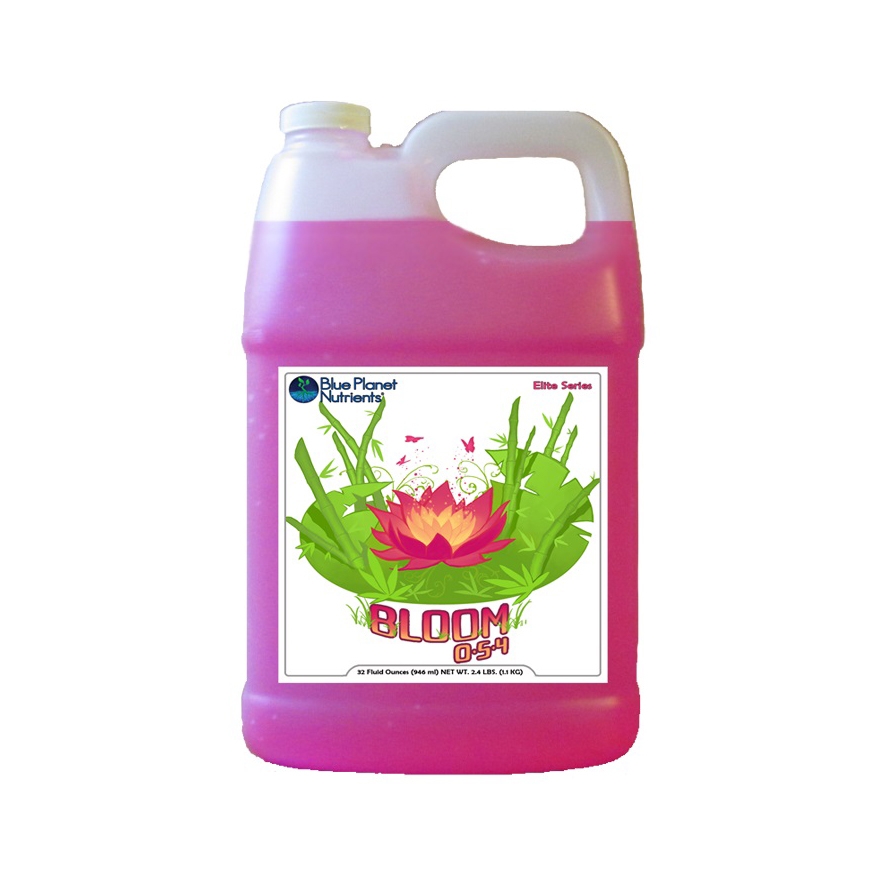

They often live in colonial aggregates that can take on a multitude of forms. They are defined by their unique combination of pigments and their ability to perform oxygenic photosynthesis. Ĭyanobacteria are a very large and diverse phylum of photoautotrophic prokaryotes. Sea spray containing marine microorganisms, including cyanobacteria, can be swept high into the atmosphere where they become aeroplankton, and can travel the globe before falling back to earth. Cyanobacteria produce a range of toxins known as cyanotoxins that can pose a danger to humans and animals.Ĭyanobacteria are found almost everywhere. The cyanobacteria Synechocystis and Cyanothece are important model organisms with potential applications in biotechnology for bioethanol production, food colorings, as a source of human and animal food, dietary supplements and raw materials. By producing and releasing oxygen as a byproduct of photosynthesis, cyanobacteria are thought to have converted the early oxygen-poor, reducing atmosphere into an oxidizing one, causing the Great Oxidation Event and the "rusting of the Earth", which dramatically changed the composition of life forms on Earth. These endosymbiotic cyanobacteria in eukaryotes then evolved and differentiated into specialized organelles such as chloroplasts, chromoplasts, etioplasts, and leucoplasts, collectively known as plastids.Ĭyanobacteria are the first organisms known to have produced oxygen. Phototrophic eukaryotes such as green plants perform photosynthesis in plastids that are thought to have their ancestry in cyanobacteria, acquired long ago via a process called endosymbiosis. These are flattened sacs called thylakoids where photosynthesis is performed. Unlike heterotrophic prokaryotes, cyanobacteria have internal membranes. Ĭyanobacteria use photosynthetic pigments, such as carotenoids, phycobilins, and various forms of chlorophyll, which absorb energy from light. Sericytochromatia, the proposed name of the paraphyletic and most basal group, is the ancestor of both the non-photosynthetic group Melainabacteria and the photosynthetic cyanobacteria, also called Oxyphotobacteria. They appear to have originated in a freshwater or terrestrial environment. The name cyanobacteria refers to their color (from Ancient Greek κύανος ( kúanos) 'blue'), which similarly forms the basis of cyanobacteria's common name, blue-green algae, although they are not usually scientifically classified as algae. ə/), also called Cyanophyta, are a phylum of gram-negative bacteria that obtain energy via photosynthesis. "Cyanophycota" Parker, Schanen & Renner 1969Ĭyanobacteria ( / s aɪ ˌ æ n oʊ b æ k ˈ t ɪər i.Chloroxybacteria Margulis & Schwartz 1982.Please let us know if you have any questions or need assistance with anything. Your garden looking its best helps us look our best. We have a loyal gang of customers who have been with us for years and are constantly picking up new friends along the way.

With nothing more than quality products and word of mouth from satisfied customers, Blue Planet Nutrients has quickly grown from a dream in a garage, to a top contender in the plant nutrient industry. What's inside the bottle is what counts, not the marketing around it. I jumped on the opportunity to help continue what my friend started - to be able to hook people up with quality fertilizer at low prices and save them from these big, over-priced, nutrient lines with redundant products and fancy labels - plain and simple. I know what I would do, and it's what I did because all this happened to me. Bummer! But wait! He needs you to come on board to help out. The demand for the nutrients got so wild he started selling it in order to be able to afford to keep making it for everybody! But then your skilled plant scientist friend tells you his regular job as a plant scientist has him too busy to keep up with his nutrient business.

Meanwhile, everyone else he supplies is getting those same great results. So you put his nutrients to good use for a few years, having great results. Things are looking better than they have ever looked. Imagine he gives you some of his expert concoction and within a few feedings your garden explodes! The plants start packing on weight and bulking up in no time. Someone who developed his own fertilizers for use in his garden and selected the finest ingredients, calculating the exact amounts of each component to make sure his plants would have optimal nutrition during each stage of the plant's life from seedling to harvest. Imagine if you had a friend who is a skilled chemist and plant scientist.


 0 kommentar(er)
0 kommentar(er)
